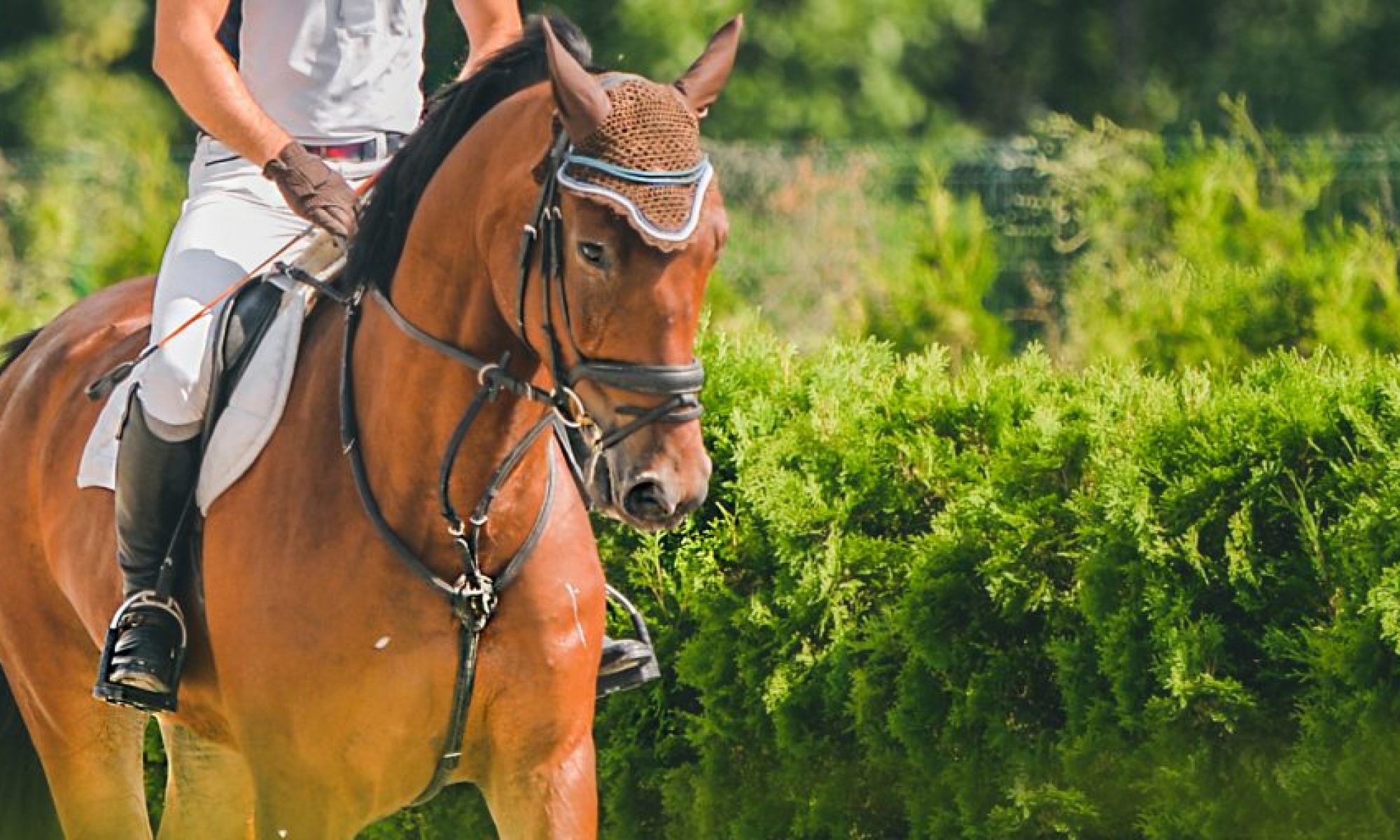It feels strange… After months of cocooning in my home, I ventured out to an event with strong apprehensions. What is the expectation, what is the new norm, when you meet strangers?
Art was an early casualty of the pandemic response. Not often associated with an essential activity, these exhibitions effectively fully shut down. With the reopening of south Florida, a local event in Fort Lauderdale, is showing works by local artists revolving around the quarantine theme. Desiring to see what the New Normal will look like for the artist community, I took my mask, and embarked on my longest journey since the COVID-19 pandemic started.
Artists picked a character from the word quarantine, to create art capturing the mix of emotions associated with the lockdown. The organizer, Chen H. Bitton of Painting Picnik, wanted to give the artists who have been in isolation for the past several months a venue to show the work they have been creating. Proceeds from sales will go to help fund COVID-19 relief.
Caption: LOVE PREVAILS
By Chen H. Bitton and Joey Ace
The exhibit, showing between June 13 to 17th at the Painting Picnik in Fort Lauderdale, is one of the first in the area. The public is invited to appreciate the works and discuss with the artists about their recent experiences.
Everyone at the first night of the exhibit was cautious, even though many know each other well. People overcame the uneasiness quickly by discussing the works in the exhibit. Everyone enjoyed being able to chat with each other about the works of art around us and share recent experiences.
For Painting Picnik, the gallery and studio has been open to clients by appointment. Clinics are still being held, for individuals or families. More events are starting to get planned, so please check in with Chen for details if you are interested in taking a class.
The COVID-19 pandemic is having a drastic impact on the art world. Social distancing has separated the artists and eliminated opportunities to gather and share. Patrons are also often staying home. I hope with this initial kick off, more patrons and artists will start defining the new norm for the art community.
Like all things new, we will feel strange for a while. Art will thrive, the stress of 2020 will surely be explored by artists. I believe many masterpieces have or will be produced, and I look forward to appreciating them… And reflecting.
link to the live bidding of the art exhibit http://artistrelieftree.com/artgallery
Contact Chen @ Painting Picnik – https://paintingpicnik.com





























